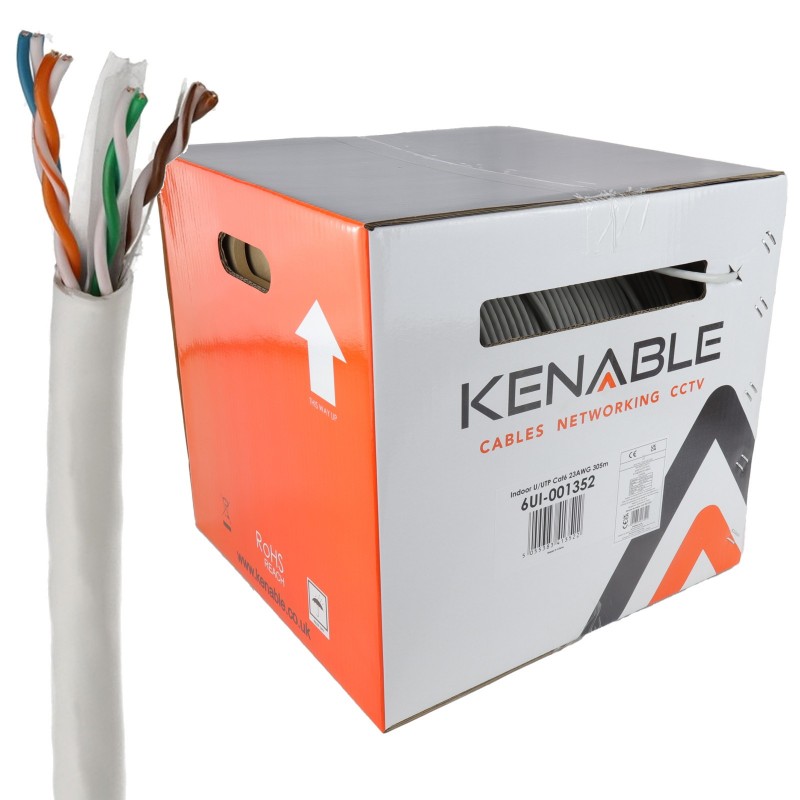I used this one when we re-wired the whole house, good stuff plenty left over so made my own short cables for Reolink cameras and other bits...

 www.kenable.co.uk
www.kenable.co.uk

Indoor CAT6 UTP 23AWG COPPER Ethernet PVC Network Cable Reel BOX 305m Grey
305 metres long (1000 foot) - 4 twisted pair (8 wire) 23AWG FULL COPPER Cable Our kenable cat 6 cables are made from a high grade 23AWG copper and are used indoors most commonly for networking although they can be used for sending signals over baluns or even CCTV equipment... [see below...
Last edited:



 . Is there anything wrong with using passthrough connectors at home? I'll be doing a bit of PoE for some new Unifi stuff I'm waiting to arrive (just 2 x APs).
. Is there anything wrong with using passthrough connectors at home? I'll be doing a bit of PoE for some new Unifi stuff I'm waiting to arrive (just 2 x APs).